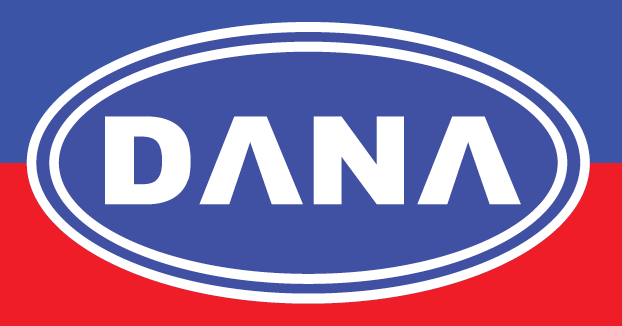Steel grades S250GD, Z100 o AZ70
Did you know that there are more than 3,500 different grades of steel? The majority of people believe that steel is simply a pre-determined combination of iron and carbon. The quantity of carbon, the other alloys it includes, and the manufacturing process can all be used to determine a steel’s grade.
THE FOUR TYPES OF STEEL
Steel kinds are rated and divided into four divisions by authorities: Carbon, Alloy, Stainless, and Tool. What materials are these various steel varieties constructed of, and what applications do they serve?
CARBON STEELS
Only trace amounts of other elements besides carbon and iron are found in carbon steels. This category, the most widely used of the four steel grades, produces 90% of all steel.
Low carbon steels (or mild steels), medium carbon steels (0.3-0.6 percent carbon), and high carbon steels are the three main subgroups of carbon steel that are separated based on the amount of carbon in the metal (more than 0.6 percent carbon).
Businesses routinely make these steels in large quantities since they are simple to produce and strong enough to be employed in substantial construction.
ALLOY STEELS
By including extra alloying elements like nickel, copper, chromium, and/or aluminium, alloy steels are produced. These additions improve the steel’s machinability, corrosion resistance, ductility, and strength.
STAINLESS STEELS
As an alloying component, chromium makes up 10–20 percent of the composition of stainless steels, along with other elements including nickel, silicon, manganese, and carbon.
These steels are safe to use in exterior construction because of their increased capacity to tolerate bad weather and have a remarkable high corrosion resistance. They are frequently used in electrical equipment as well. For instance, 304 stainless steel is highly valued for its capacity to withstand the elements while protecting electrical components from injury.
The majority of industries employ stainless steel because of its hygienic qualities, even though different grades, such 304 stainless steel, have a place in building. These steels are frequently used in pipes, cutting instruments, and medical and food processing equipment.
TOOL STEELS
Tool steels are excellent in cutting and drilling equipment, as you can presumably infer from the name. The combination of tungsten, molybdenum, cobalt, and vanadium boosts their heat resistance and all-around toughness. They are also the preferred material for the majority of hand tools because they maintain their shape even after extensive use.
WHAT ARE THE DIFFERENT GRADES OF STEEL?
We can classify different steel kinds depending on the various uses that set them apart thanks to steel grading systems.
For instance, how quickly steel is cooled during production may affect its molecular strength. A significant factor in the cooling process is also how long steel is kept at critical temperatures. In fact, depending on the heat-treatment method used, two steel sheets with the same alloy content may have different classes.
According to the ASTM Grading System, each metal is given a letter prefix based on its general category (“A” is the classification for iron and steel materials) as well as a sequential number that corresponds to that metal’s particular qualities.
For classification, the SAE Grading System employs a four-digit number. The first two figures represent the type of steel and the concentration of the alloying elements, while the latter two digits represent the metal’s carbon content.
Scientists, engineers, architects, and government organisations frequently employ steel grading standards to guarantee the consistency and quality of products. These standards offer a single vocabulary to express the characteristics of steel with extreme specificity and direct product manufacturers toward appropriate processing and application techniques.
For structural steel, hot-dip galvanised steel plates S250GD, Z100, or AZ70 are employed. Dark spots may develop on the zinc-coated surfaces after rolling galvanised steel sheet S250GD, Z100, or AZ70, after rolling and shipment. This is due to friction. These blemishes typically just detract from the aesthetic. Oiling the galvanised steel coils and plates of S250GD, Z100, or AZ70 reduces friction. However, the following safety precautions should be followed: safe packaging, lying flat, and free of any local pressure points.
After being rolled out, the galvanised steel plate and coil S250GD, Z100, or AZ70 must be sealed by the application of a transparent organic film coating with a mass of approximately 1g/m2.
About Us:
DANA STEEL is a leading manufacturer of various steel products, covering a wide range of products and serving thousands of clients across the globe, at Dana Steel we ADD VALUE TO STEEL. Our products are proudly MADE IN UAE and exported to more than 45 countries across the globe. Sandwich Panels, Profile Sheets, Decking Sheets, Aluminium Panels, Composite Panels, Z Purlins, C channels, Metal Lintels, roofing sheets, Fencing Sheets, Steel sheets, stainless steel.
Plot No: 5325494 ,Saih Suaib-3
City: Dubai
Country: United Arab Emirates [U.A.E.]
Phone: 00971-4-2217273
Email: Info@danasteel.com
Fax: 00971-4-2215940
Facebook/Instagram/Twitter: @danasteeluae
Whatsapp: +971507983153




